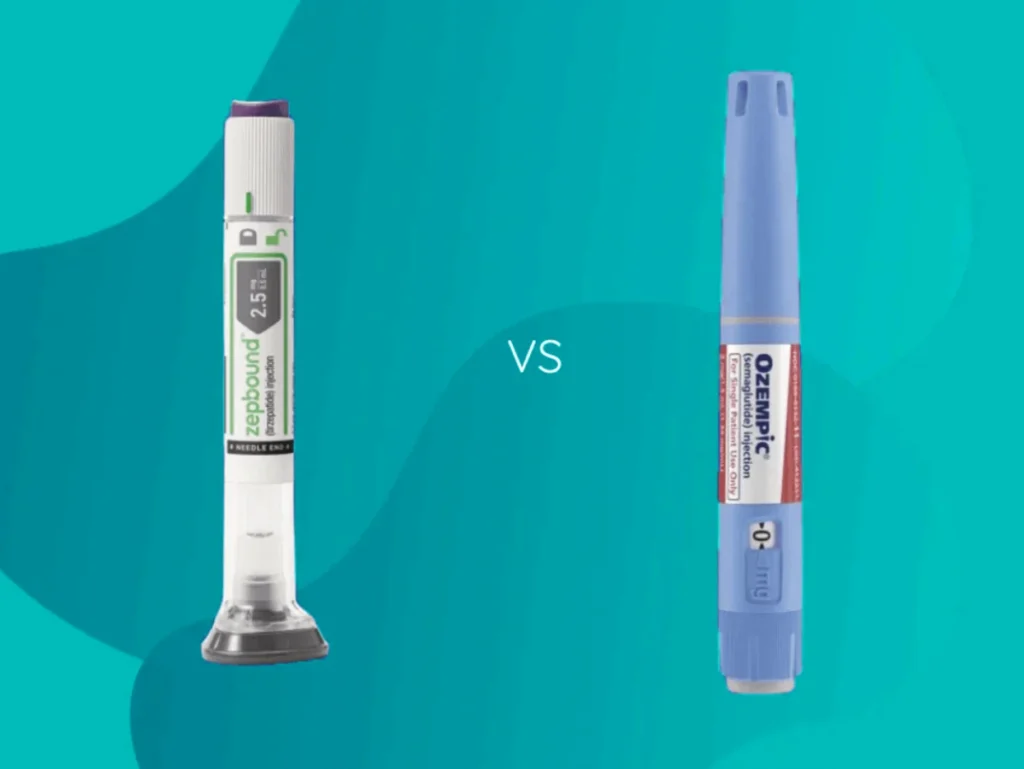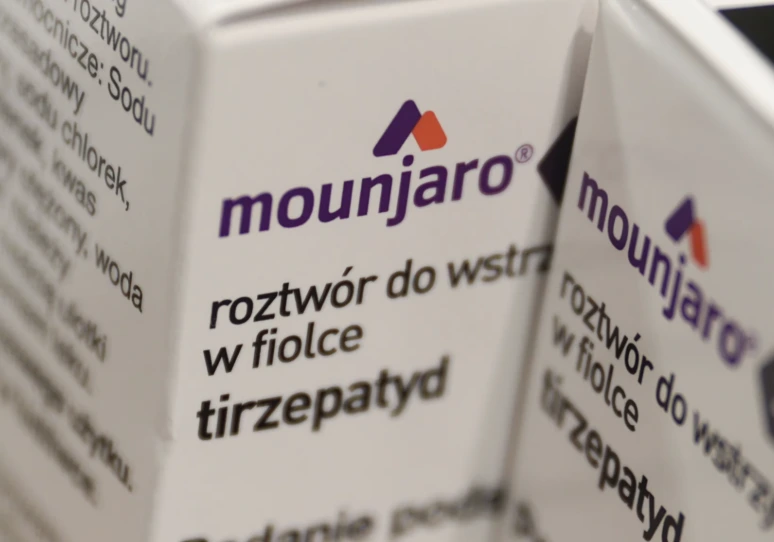
ZepBound vs. Ozempic: Comparing Weight Loss Medications
With the rising prevalence of obesity and related health issues, medications like ZepBound and Ozempic have emerged as potential game-changers for weight management. Both medications are making headlines for their effectiveness, but they work differently and are designed for distinct purposes. This article compares ZepBound and Ozempic to help you understand their uses, benefits, side effects, and which might be right for you.
What is ZepBound?
ZepBound (also known as bimagrumab) is a novel weight-loss medication currently gaining attention for its ability to reduce fat mass while preserving muscle. It works by blocking activin type II receptors, which regulate muscle and fat tissue.
- Primary Purpose: Weight loss, especially in patients with obesity or related conditions.
- Unique Benefit: Unlike many other weight-loss medications, ZepBound helps maintain or even increase lean muscle mass, making it ideal for individuals looking to avoid muscle loss during weight loss.
What is Ozempic?
Ozempic (semaglutide) is a GLP-1 receptor agonist initially developed to treat type 2 diabetes. However, it has become widely used for weight management due to its appetite-suppressing effects.
- Primary Purpose: Blood sugar control in type 2 diabetes, with a secondary benefit of weight loss.
- Unique Benefit: Ozempic helps curb appetite, leading to reduced calorie intake and gradual weight loss.
Mechanism of Action
FeatureZepBoundOzempicHow it WorksBlocks activin receptors to reduce fat while preserving muscleMimics GLP-1 hormone to reduce hunger and regulate blood sugarPrimary TargetFat mass reduction and muscle preservationAppetite suppression and improved glucose control
Efficacy
Both medications have shown impressive results in clinical trials:
- ZepBound: Studies indicate a significant reduction in body fat, with some patients losing over 20% of their fat mass while retaining or gaining muscle.
- Ozempic: Clinical trials show patients lose an average of 10-15% of their body weight over 6-12 months, depending on the dose.
Side Effects
Side EffectZepBoundOzempicCommonMuscle cramps, joint painNausea, vomiting, diarrheaSerious RisksNot yet fully understood (experimental)Rare risk of pancreatitis, thyroid tumors (animal studies)TolerabilityGenerally well-tolerated in trialsGastrointestinal side effects are common but temporary
Who Should Consider Each?
- ZepBound may be better for:
- Individuals with obesity who want to retain muscle mass.
- Those engaged in physical activities or looking to improve body composition.
- People without diabetes but seeking targeted fat loss.
- Ozempic may be better for:
- Individuals with type 2 diabetes who also want to lose weight.
- Those who struggle with overeating or appetite control.
- People who prefer an established medication with extensive research.
Cost and Availability
- ZepBound: Still experimental in some regions, with limited availability. Cost is expected to be high, as it’s a novel treatment.
- Ozempic: Widely available by prescription for diabetes and weight loss. Insurance coverage often depends on the primary use.
Which is Better for Weight Loss?
The choice between ZepBound and Ozempic depends on individual needs and health goals:
- If maintaining muscle mass during weight loss is crucial, ZepBound is a promising option.
- For appetite control and blood sugar management, Ozempic has a proven track record.
Consult with a healthcare provider to determine the best choice based on your medical history, weight-loss goals, and overall health.
Conclusion
Both ZepBound and Ozempic represent significant advancements in weight management. While Ozempic is already established with widespread use, ZepBound offers a unique approach to fat loss and muscle preservation. Understanding the differences can help you make an informed decision about which medication aligns with your health needs.







































